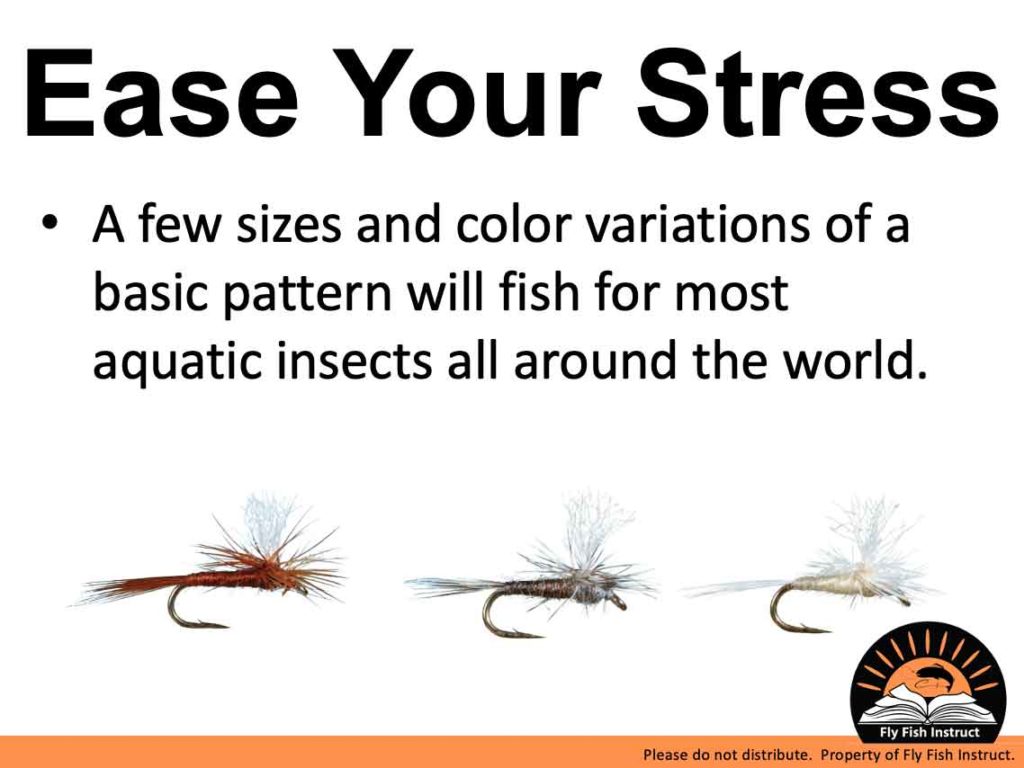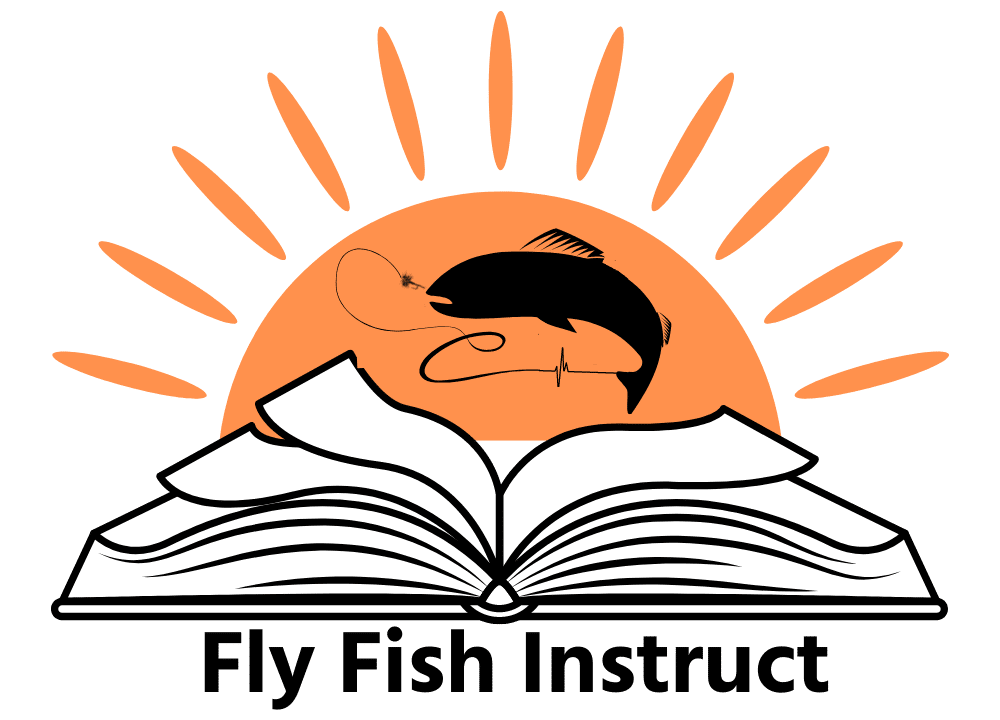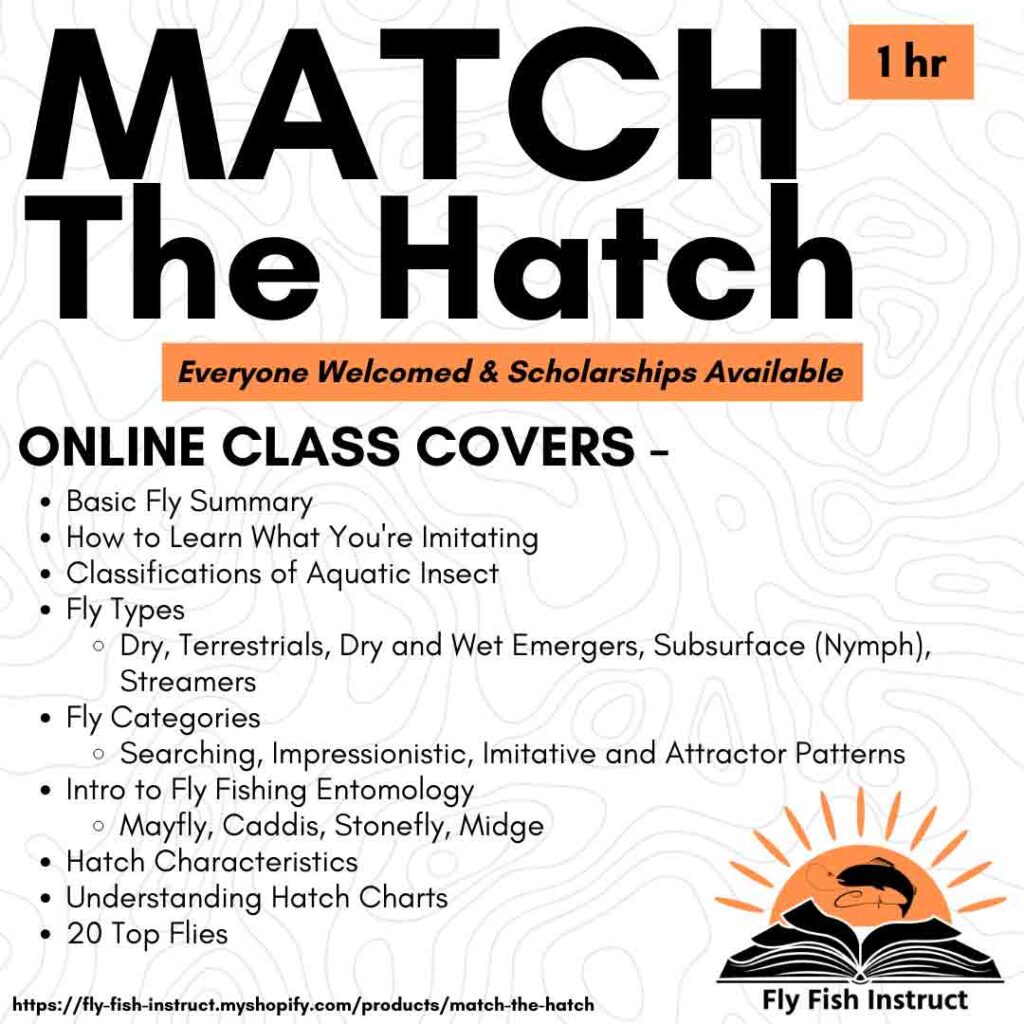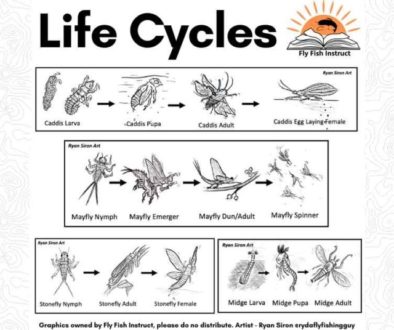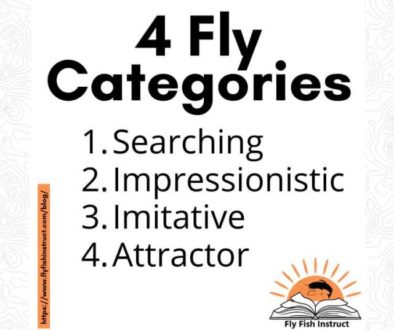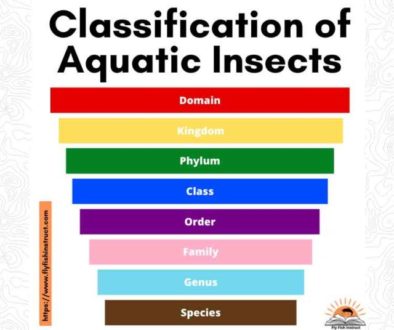heather Blog, Education, Entomology, Trout Match the Hatch
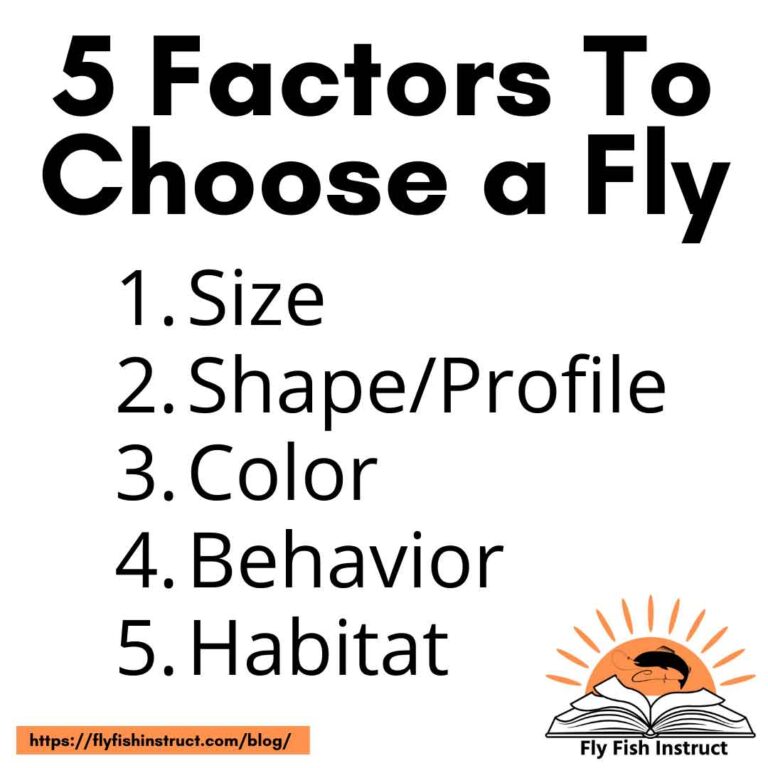
By: Heather Hodson
As a nurse, I start the day by walking into my patient’s room and assessing my patient’s status and surroundings. Is the patient awake, alert, and oriented? Do I have all the equipment in the room if something happens? This is the same with fly fishing. Look around, and assess the river. Are there any bugs flying around, are the fish feeding on these bugs? What are the fish feeding behaviors?
In previous blogs, we’ve covered the different fly types and the four types of fly categories. This blog will cover the 5 factors when choosing a fly. Take a breath because you don’t need to know the insect’s order, genus, species, or even common name to be able to choose a fly. The two most important factors are the size and silhouette of the insect.
Learn more about it in our “Match the Hatch” online course.
5 Factors When Choosing a Fly
The first rule of choosing a fly is that there are no rules. Choosing a fly is not an exact science and there will be days that some flies fish better for no apparent reason. Whenever possible you should try to determine what the fish are feeding on and choose your fly that most closely mimics the natural food. Fly selection can be broken down into 5 different factors.
- Size
- Shape/Profile
- Color
- Behavior
- Habitat
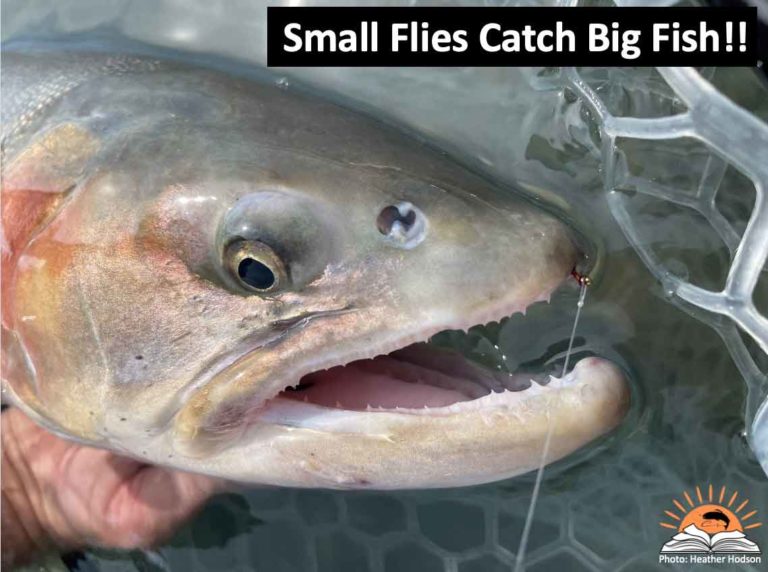
#1 - Size
Size refers to the length of the fly. It is the number one factor when choosing a trout fly. It’s best to err on the side of smaller.
- Choose a similar size (or smaller) fly to a natural insect or aquatic baitfish of what you’ve assessed.
- Assessment
- Pick up rocks in the river. What size are the nymphs crawling around or attached to these rocks?
- Seine the riverbed to see what insects and aquatic baitfish are in that specific section of the river.
- Catch adult insects flying around.
- Put the insects in your fly box and match the size to your flies.
- It’s important to learn the general sizes of insects.
- Caddis Size #4 – #20
- Mayflies Size #4 – #24
- Stonefly Size #2 – #16
- Midge Size #16 – #28
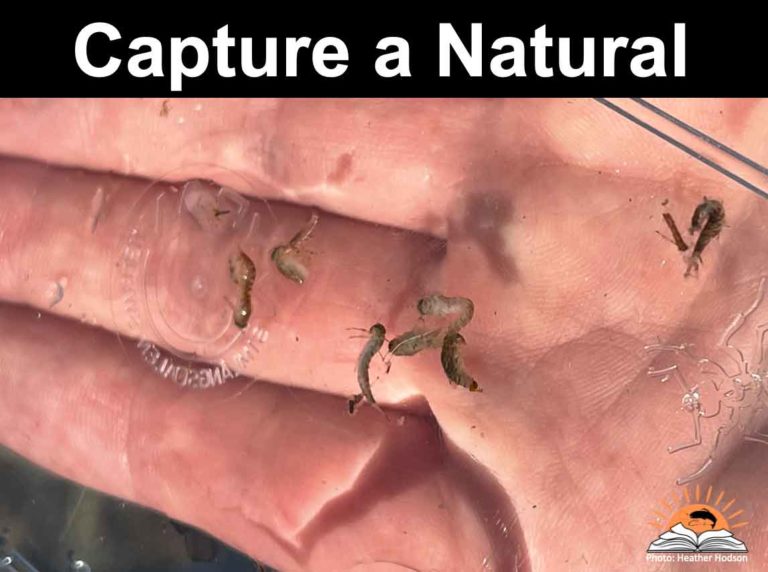
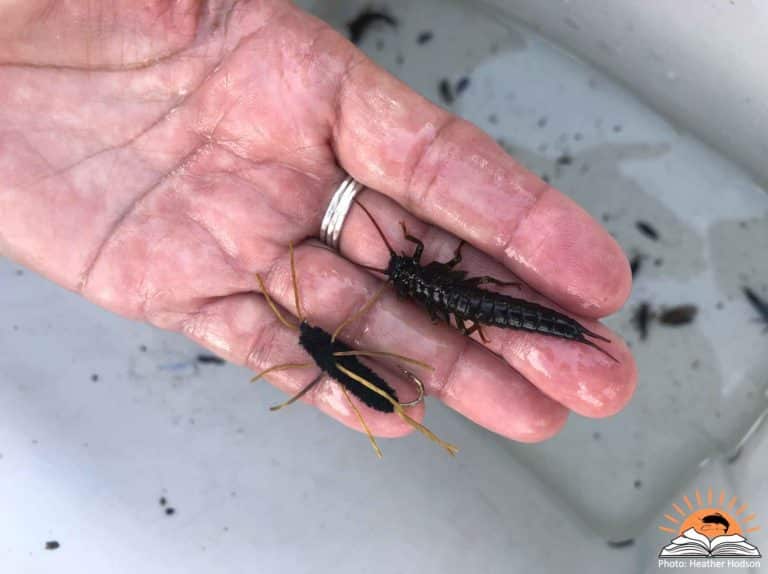
#2 - Shape/Profile
You’ve assessed the insect or baitfish size; now, what profile/shape or silhouette of the fly to choose? Shape/Profile plays a large role with surface flies.
Assessment –
- What shape is the insect you observe in the air or the water?
- What type of wings does it have? How many legs or tails?
- Choose a fly that matches the shape you are mimicking.
- What order (caddis, mayfly, midge, stonefly) are you matching? This is where entomology will come into play.
- Adult Shapes –
- All adult aquatic insects have the same shape but will vary in size and color.
- Caddis – Tent
- Mayfly – Sailboat
- Stonefly – Long Board
- All adult aquatic insects have the same shape but will vary in size and color.
- Immature Shapes –
- Look at the Profile of the subsurface insect or aquatic prey.
- Try to match the same body profile.
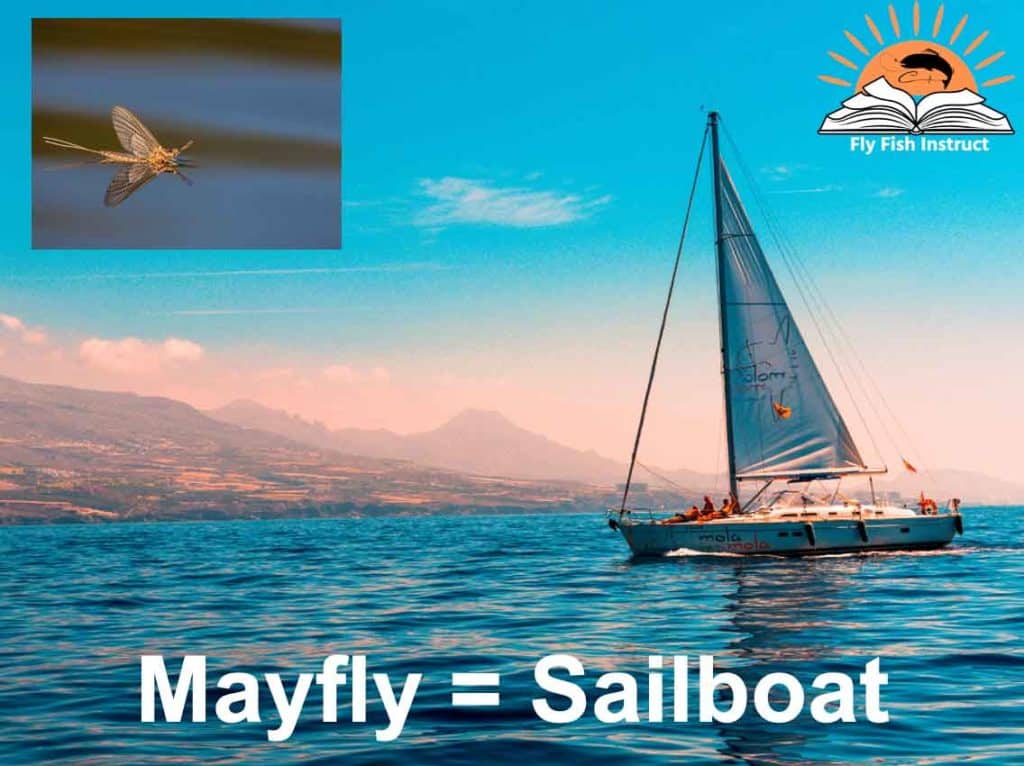
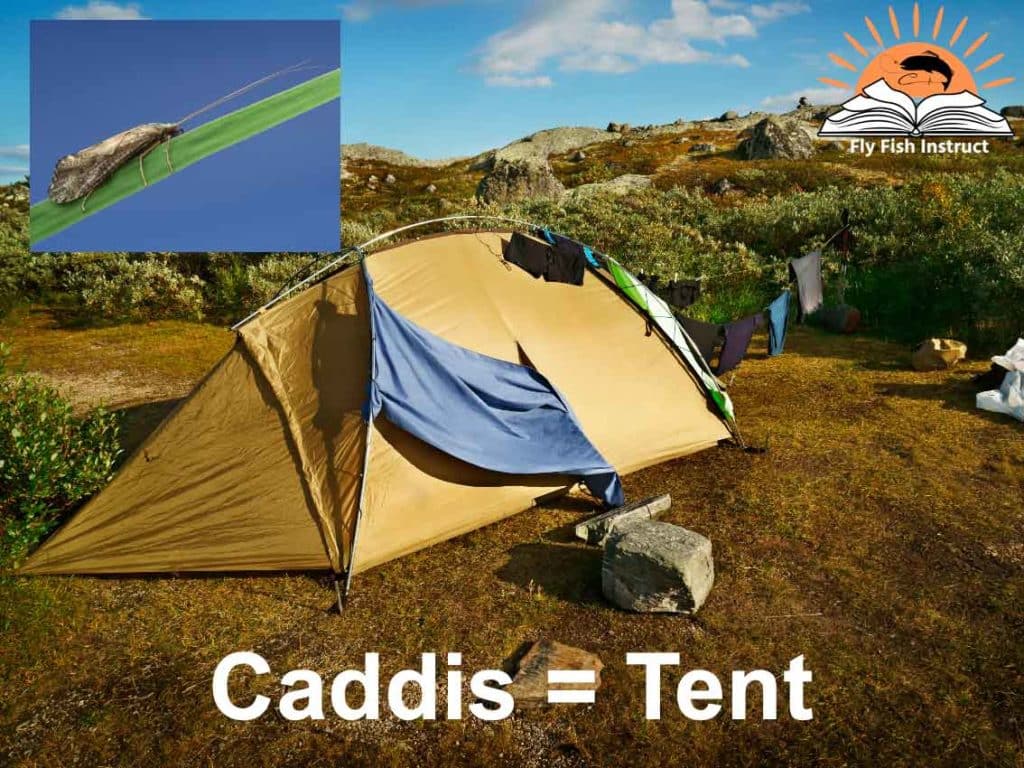
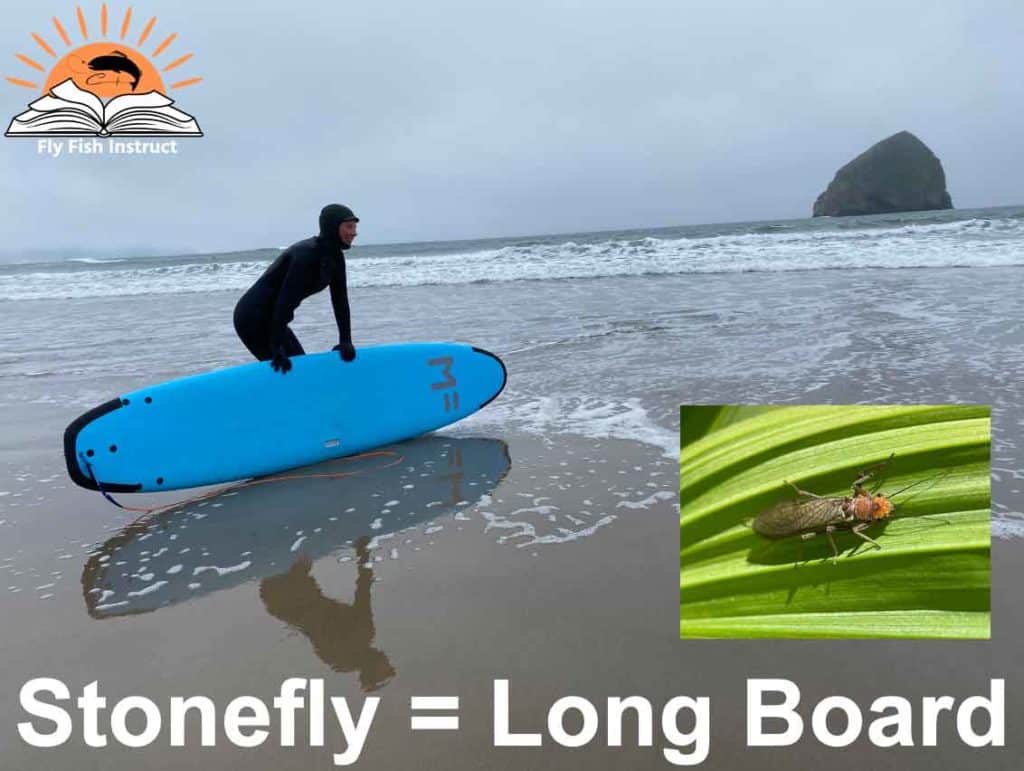
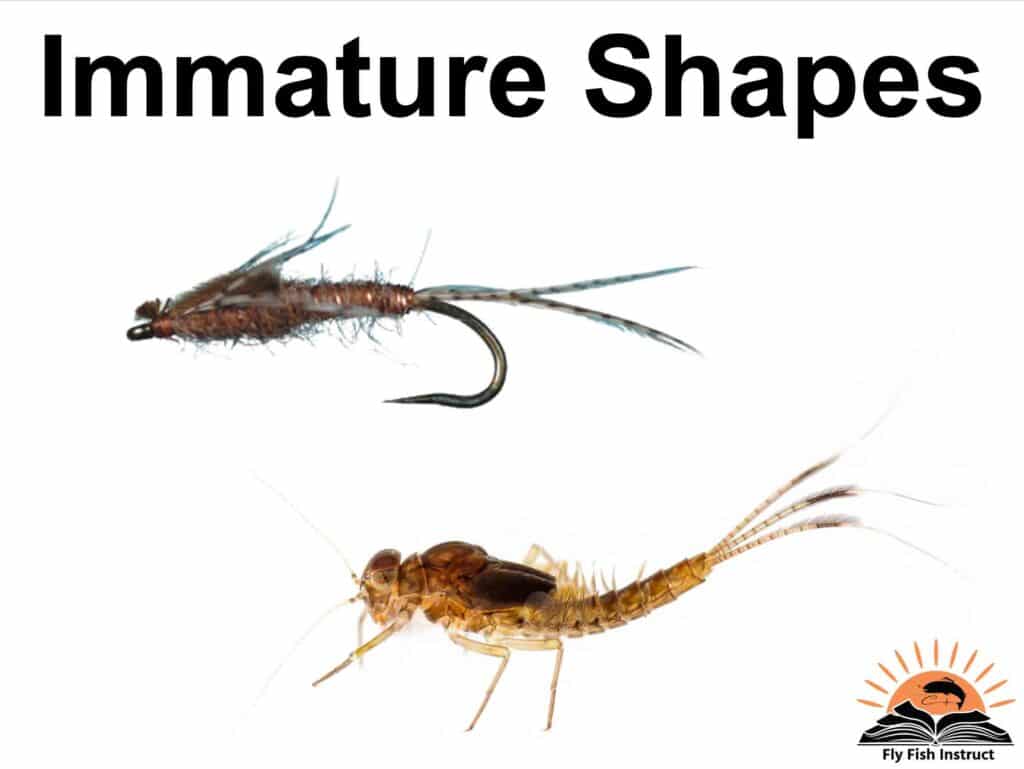
#3 - Color
If matching and using an imitative fly, choose a similar natural color. Try matching your fly with the color of the habitat.
- It’s essential to recognize that the color of your fly in the water is almost always different from what it is in the air.
- Look at the color of the natural insect in the water attached to a rock and match that color.
- From my personal experience that many times matching the color of the hatch has helped lead to a successful evening of fishing.
- For example, during a Pale Evening Dun (PED) hatch I’ve caught more fish with a size #16 yellow parachute than a size #16 gray parachute Adams.
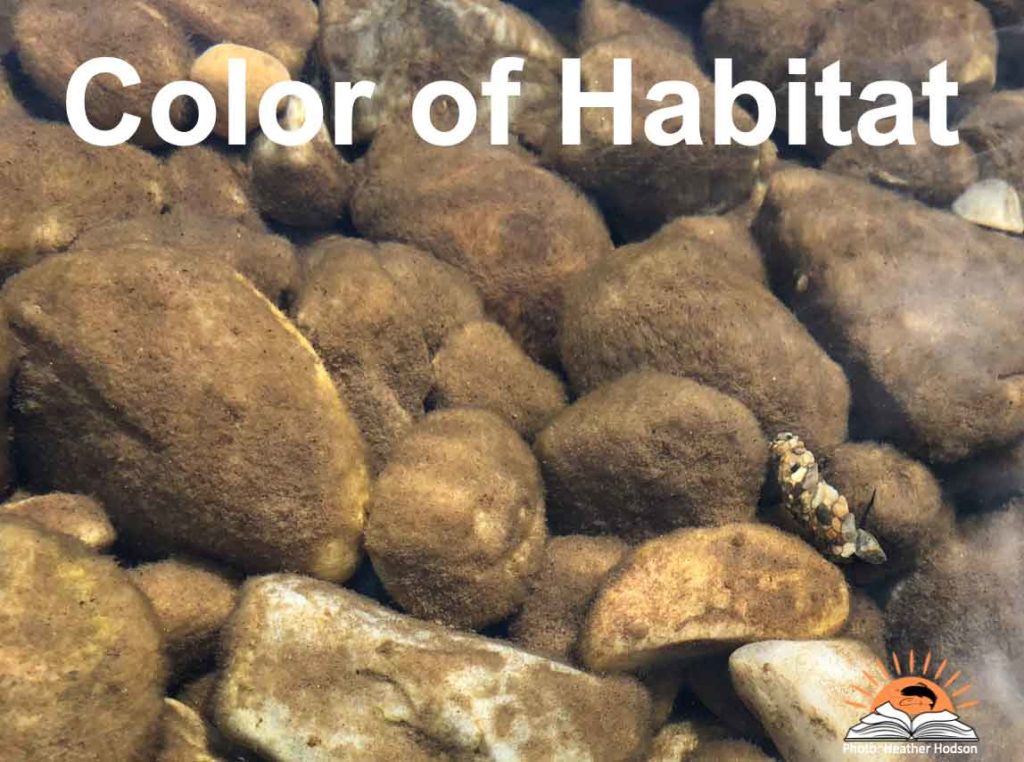
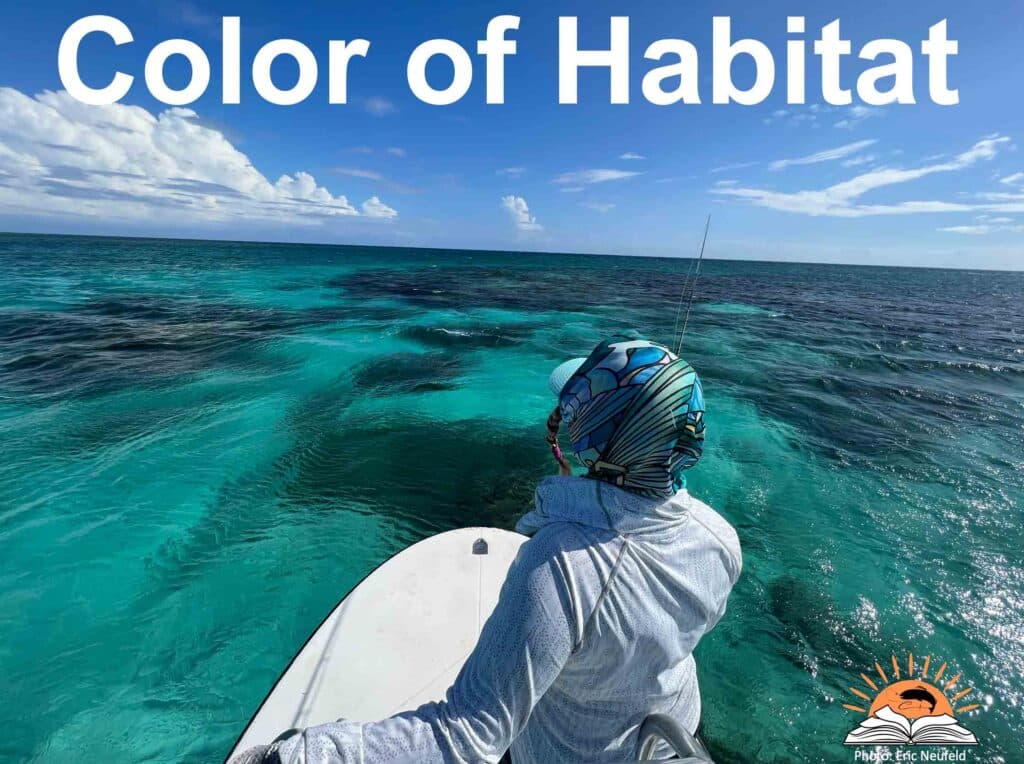
#4 - Behavior
Consider both insect behavior and fish-feeding behavior when choosing a fly. This is when it’s time to observe.
Insect Behavior –
- Observe adult and immature insects.
- How are the insects flying around in the air or landing on the water?
- Soft, smooth, skittering, dipping, diving, frantic, falling from vegetation?
- How are the insects moving subsurface?
- Swimmers, clingers, divers, crawlers?
- Try changing your retrieves and drifts before changing your fly. The movement of the fly can play a huge role in being more successful in catching fish.
- The way the fly moves within the water column is how you should fish your fly.
Fish-Feeding Behavior –
When trout are actively feeding, they give us clues about their rise.
- Noses/Dimples = Small Insects Such as Midges and Mayflies or Spinners
- Splashes with Bubbles = Caddis, Large Mayflies and Terrestrials
- Splashes without Bubbles = Wet and Dry Emergers (Emerging Caddis Pupa or Mayfly Nymph)
- Tail/Fins = Nymphs or Wet Emergers
- Bulges in Current with Quick Flash – Aquatic Prey
Habitat
The kind of water in which an insect lives predicts where you will fish its imitation.
Fast vs. Slow Water
- Fish searching/attractor patterns in riffles and faster water.
- Fish impressionistic/imitators in smooth and soft water.
- It is often necessary to consider a pattern style that offers a more exact silhouette of the natural insect.
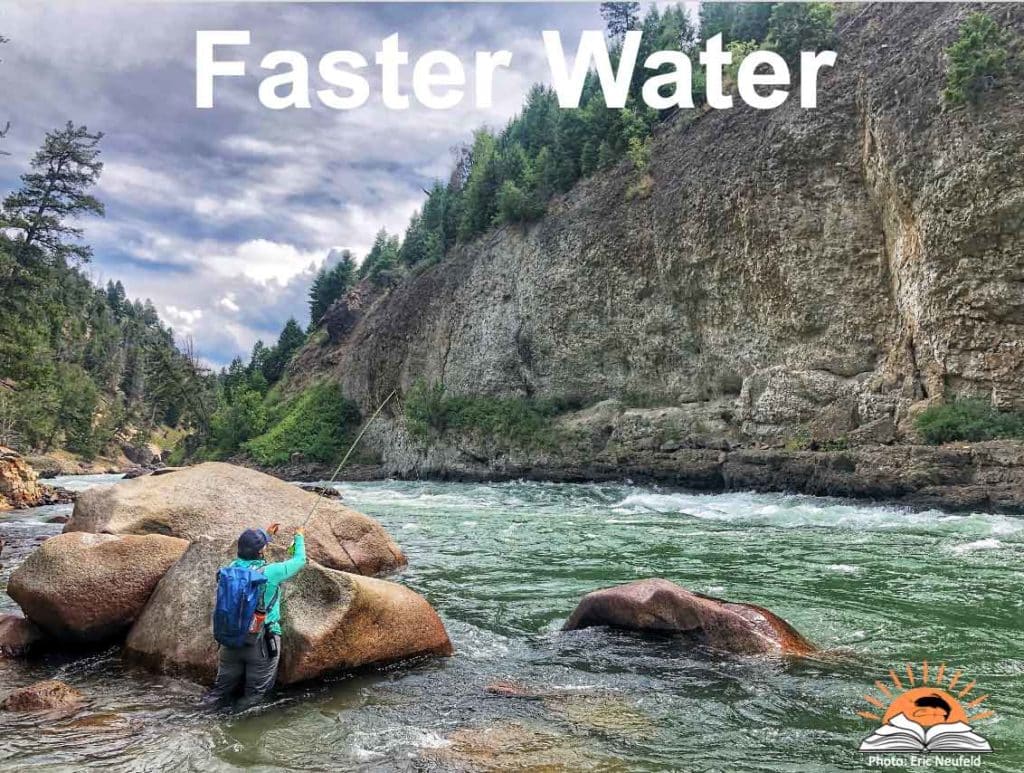
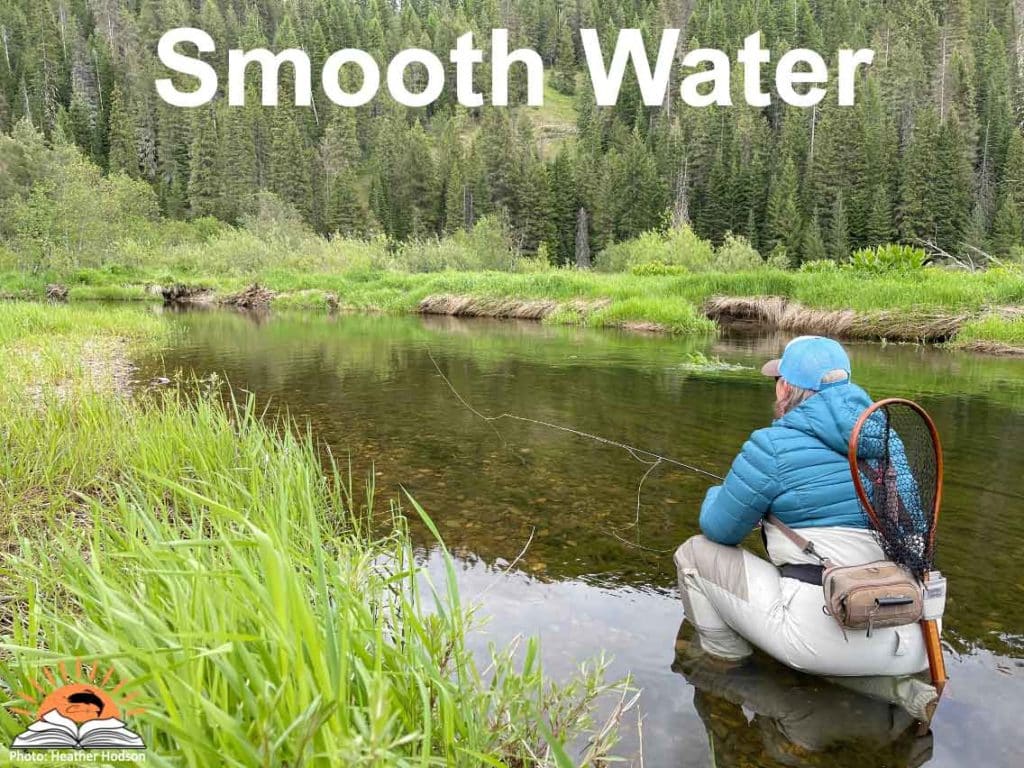
Pattern Selection
- Pick your pattern based on the size of the insect, then vary the color to match precisely what’s happening.
- Also consider the impression the imitation makes on the surface film or the movement in the water.
